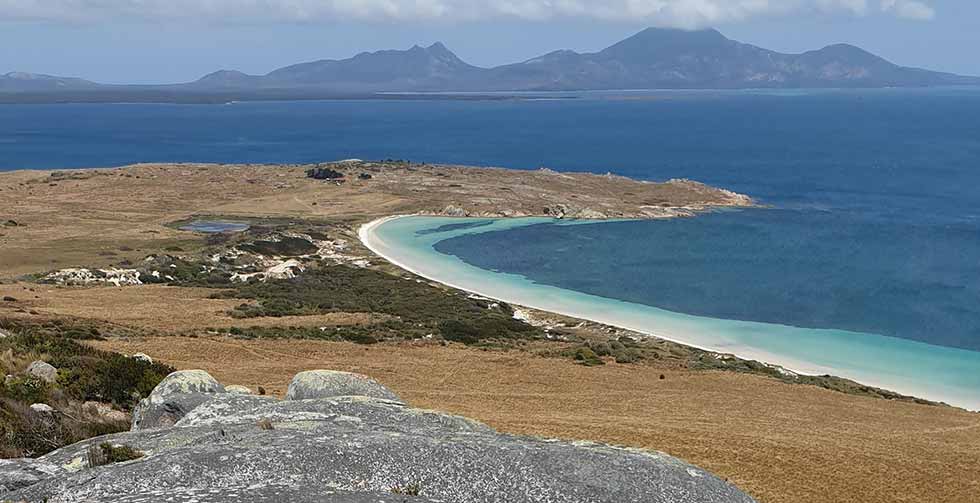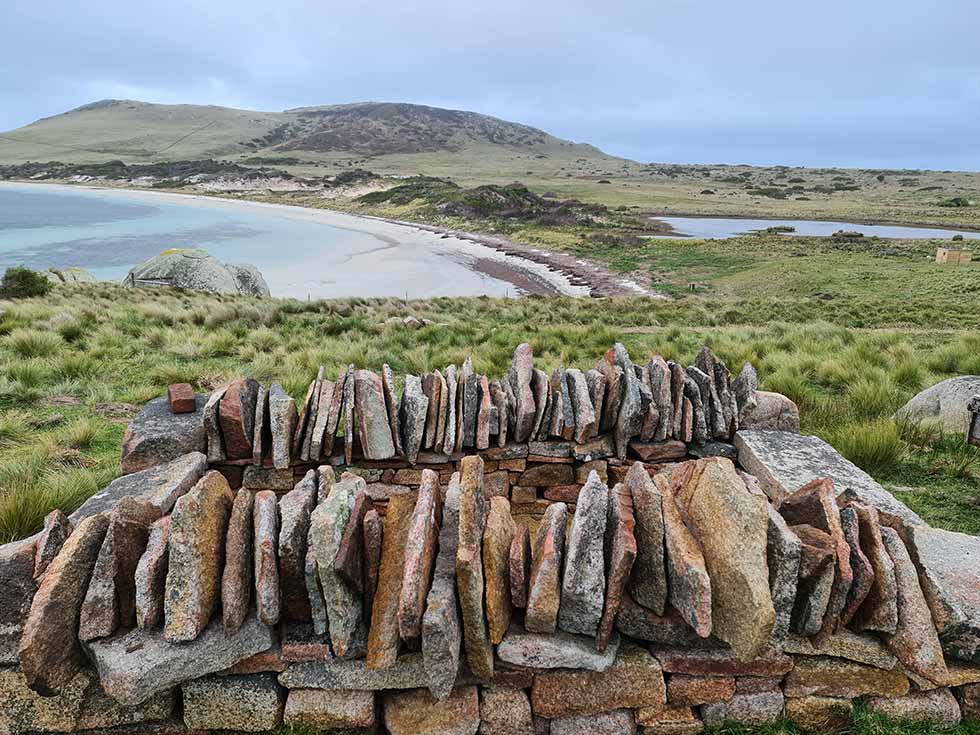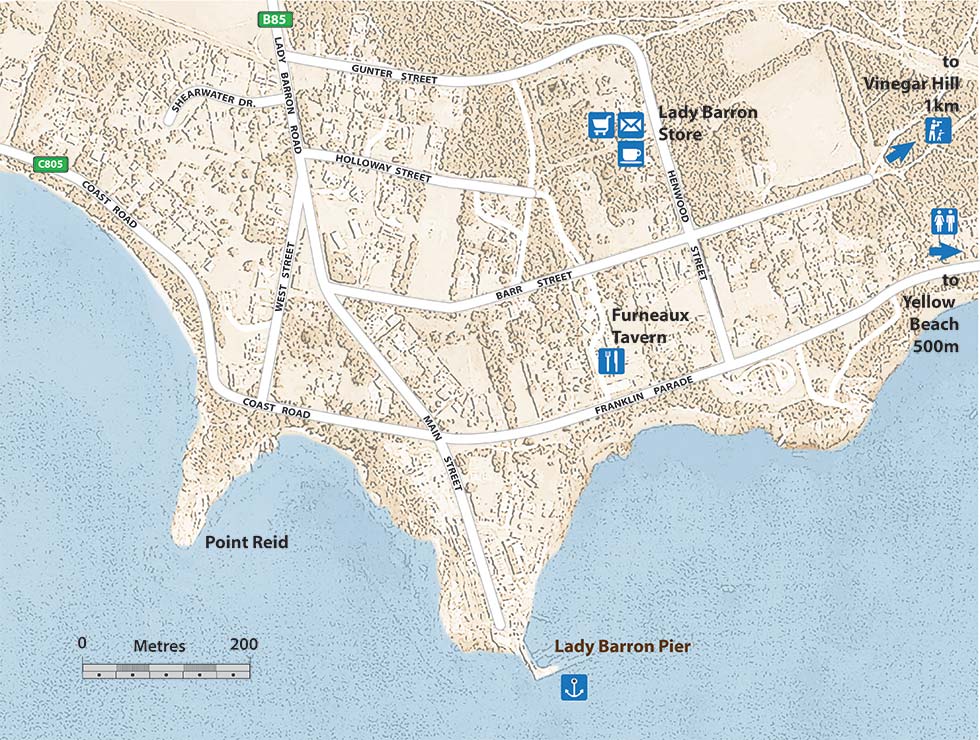The village of Lady Barron was named following the visit to Flinders Island in January 1911 of the State Governor Sir Harry Barron and his wife Lady Emily Barron.
The town plan was laid out soon after this visit at the same time as the port upgrades here were undertaken to help support the creation of a new canning factory.
This was built to process local crayfish and muttonbird produce and it established Lady Barron as the major economic hub of the island archipelago.
This position was further enhanced in the early 1980s as the commercial wharf operations at Whitemark closed down and the town here became the main freight hub for the island.
The annual harvest of muttonbirds from the offshore islands of the Furneaux Group was well established as the mainstay of the islands’ economy by the start of the 20th century.
At this time it was Cape Barren Island and its surrounding offshore islands that housed most of the Islander families.
These hospitable places provided grass for their livestock, sand for nesting muttonbirds and ready access to the shallow waters of the island group with their wealth of fish and crayfish resources.
The opening up of Flinders Island to closer settlement in the early 1900s however was to change this dynamic forever.
This saw new wharves built at Whitemark, Emita and here at Lady Barron. This in turn allowed for the easier movement of both people and produce onto and off the place originally known as the Great Island of the Furneaux Group.
Canned produce first started being exported from the Furneaux Group around the time of the start of the First World War in 1914.
Henry Holloway’s “Island Brand” was produced in the factory (now long gone) he built at Silas Beach / Fish Factory Point.
If you visited Lady Barron in 1936 you would have seen the new Fish Factory being built by the wharf.
The opening one year later was a limited success and by the start of the Second World War the venture was operating under new management.
A feature of the factory’s business plan was the dual season approach it had to its operations. During the muttonbird season across March and April it canned bird meat under the trade name of “Squab in Aspic”. Othertimes it processed local crayfish and an array of other local seafood.
These operations were featured in an article in the Wild Life magazine in October 1945.
The years after the Second World War remained productive ones for the factory in spite of the business changing hands several times. Many island women put in a shift or three splitting scallops at the factory.
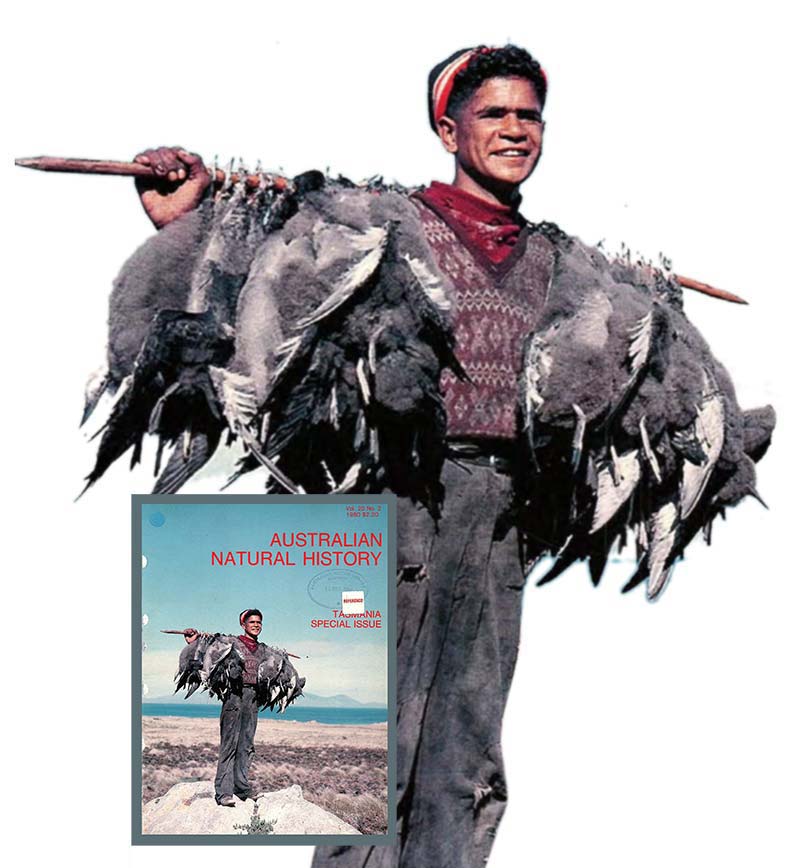
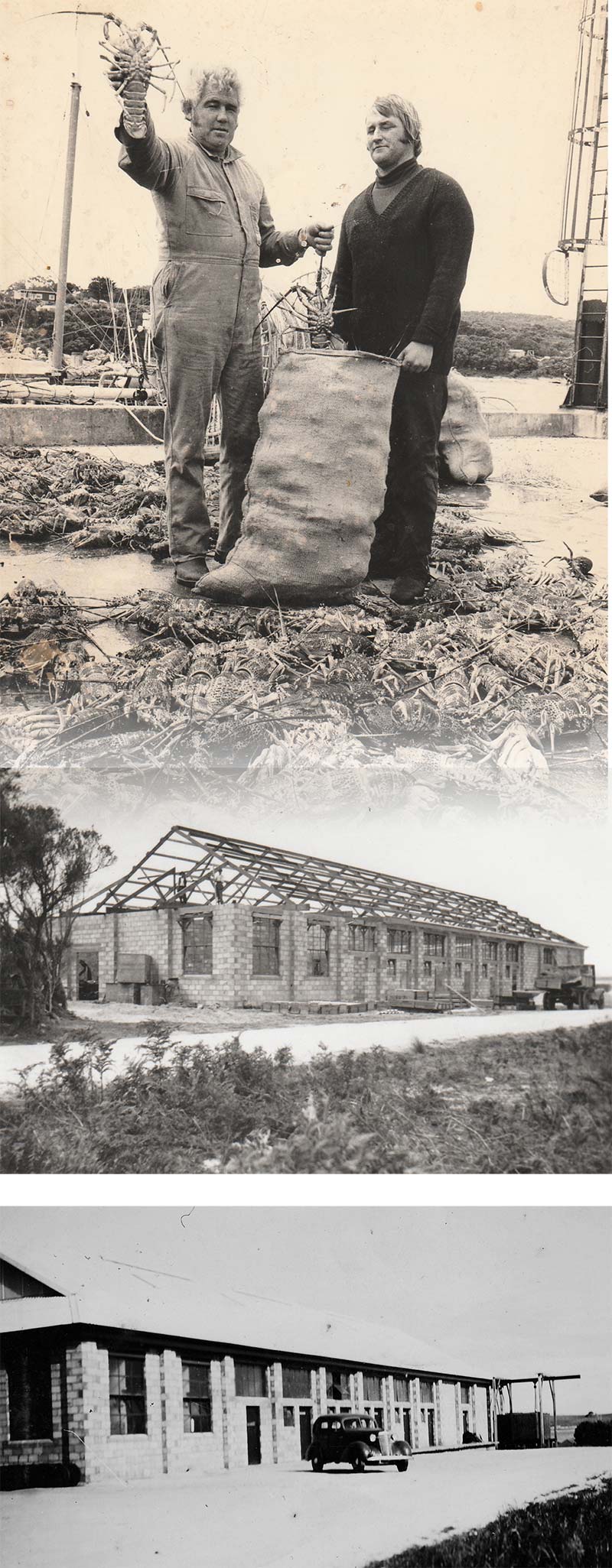
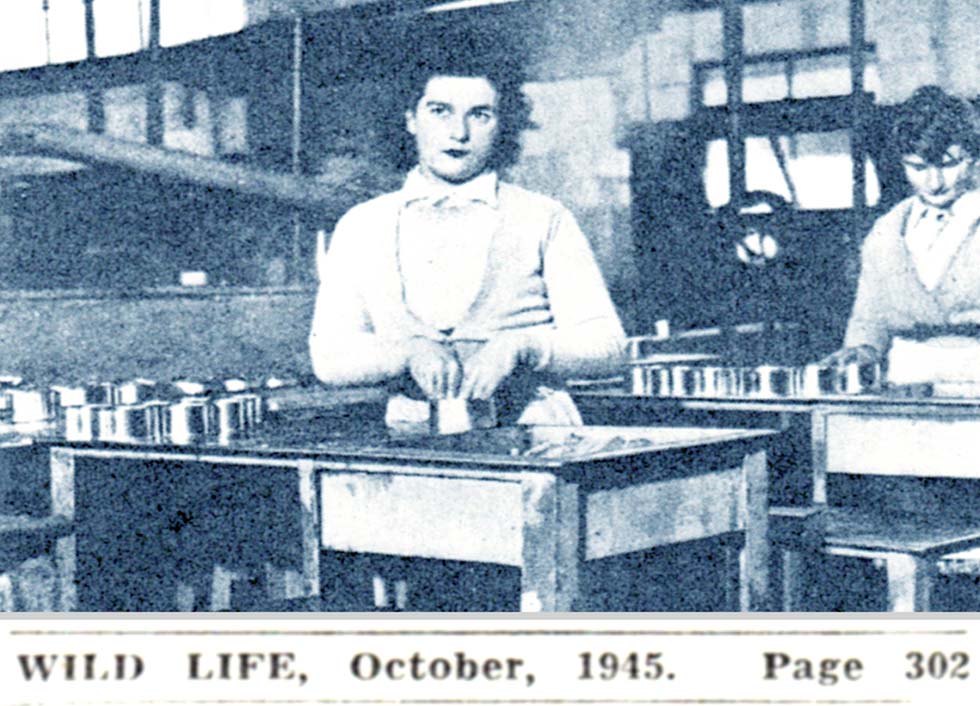
More about Lady Barron ...
If you’re interested in learning more about the Tasmanian Aborigines check out the following references which are all available in the Furneaux Museum at Emita.
Watch: Black Man’s Houses (DVD)
Read:
• Moonbird People Patsy Adam Smith 1965
• Grease and Ochre Patsy Cameron 2011
• Me Write Myself Leonie Stevens 2017
The Straitsmen
Looking out from Lady Barron we can see several smaller islands with the larger Cape Barren Island running east to west. These islands have sandy soils with shrubs and natural grass most suitable for grazing sheep. This combined with the lack of large trees made these islands the easiest places for the first straitsmen to settle.
These conditions also meant they had no need to build fences to keep stock within bounds and they could trade skins of seals and wallabies for things they couldn’t grow or capture.
These early settlers had to be jacks of all trades, able to build a house, a well or a boat, able to farm, shear sheep, treat sick animals and look after one and others’ ailments.
Communication was a real challenge with mail being sent from the Launceston Post Office on any small boat going to the islands and the residents having to row out to collect it. Despite the many challenges many families enjoyed the freedom and independence of island life. They mixed socially at the occasional church service or dance, sailing or rowing between the islands in their small boats.
Mum in a Million
Shirley Holloway OAM is a great example of women on Flinders Island who have worked in the fishing industry.
She came to Flinders Island as a teacher but after meeting her fisherman husband Graeme decided that life at sea was more interesting than in the classroom. After they were married Graeme wanted to build a new boat and one day he came home and said now if you come to sea with me and bring the children we can afford to build this boat.
So in the early 1960’s Shirley moved to living on the fishing boat, with her husband and their two small children, Kim and Scott and worked alongside him to get enough money to build their new steel fishing boat. She worked as a deckhand on the boat for 15 years with interruptions only when the children were in primary school.
Then in 1977 when obtained her skippers certificate which enabled her to take a vessel up to 18m out to sea. A unique achievement for a woman at that time.
Vansittart Island
Vansittart Island lies 7 kilometres south of Lady Barron, Guncarriage Hill towers over the Island and offers spectacular views of the Islands of Franklin Sound, Cape Barren Island and the treacherous Pot Boil Shoals.
The first settlers on Vansittart were the sealers that visited and stayed for the sealing season, as the seal population declined some of the sealers became permanent residents and built cottages, grew gardens and farmed sheep as well as harvesting seals, wallaby and mutton birds.
There are 5 kilometres of stone fencing on the island also 6 grave sites the earliest being 1824 of a sealer that drown it the treacherous water surrounding the Island. Some of the grave sites have been restored with dry stone walls.
George Augustus Robinson moved some of the last Tasmanian Aboriginals to Vansittart and evicted the sealers from the Island, they only lasted for six months on Vansittart before moving to Flinders Island. Since the first land grants on Vansittart the property has only changed hands 3 times in the last 170 years. Currently the Island runs Wiltshire sheep and History Tours. Glamping tours will be taking place once an airstrip has been completed.
